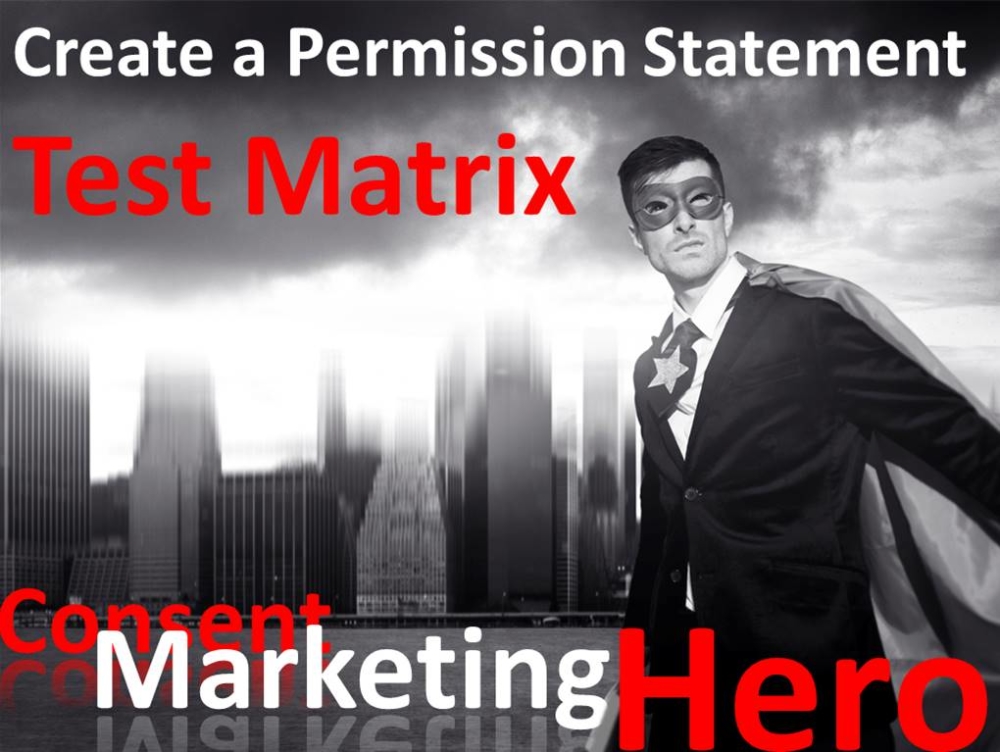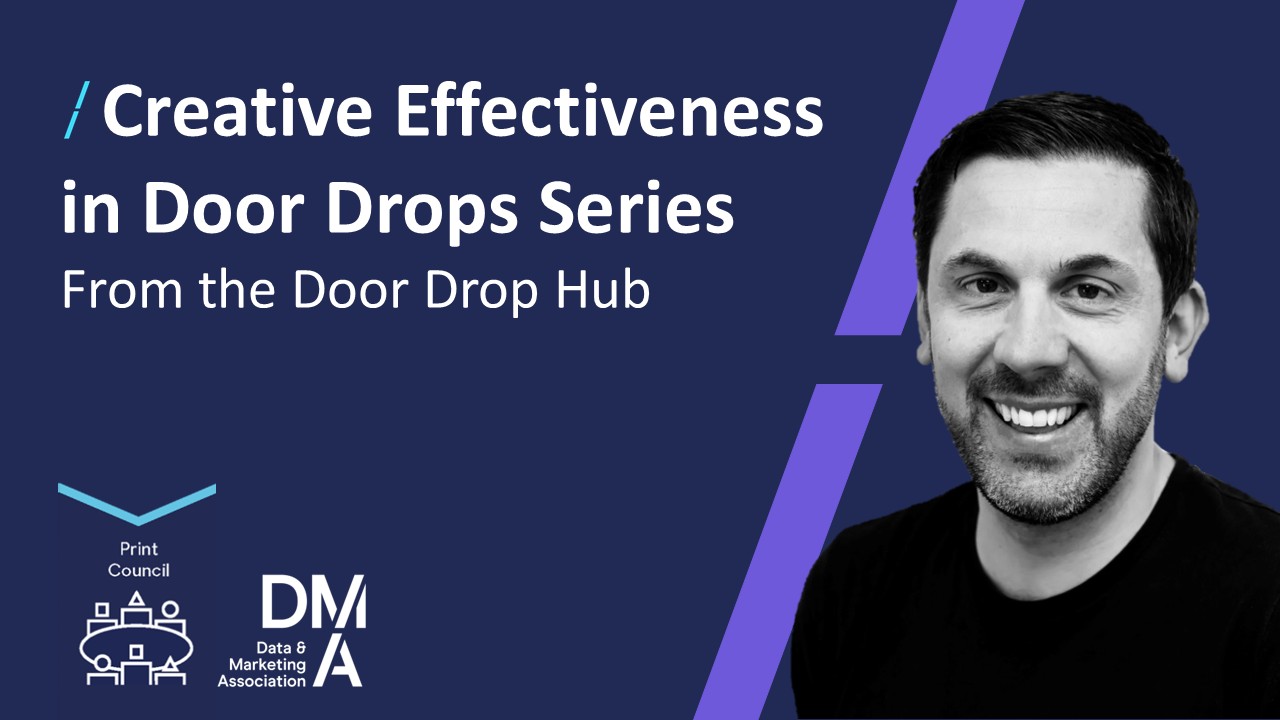YOU could be a Consent Marketing Hero
20 Oct 2015

I’ve seen many a wise marketer overwhelmed and intimidated when entering the world of consent marketing.
The sheer number of statement permutations is enough to make anyone feel queasy. Combine that with the immense financial importance of getting the right outcome and it’s not surprising some regard it as a challenge too far.
Don’t be that marketer! Step forward “Consent Marketing Hero” super-powered by a test matrix.
The test matrix, when applied to the benchmarked research process, allows brands to objectively compare the performance of their own statements with others. A multi-phased research process allows a ‘test and learn’ approach which delivers insights at each phase to drive improvements in the next.
How a test matrix works
To anchor the research in the real-world, a test matrix starts with a control statement which has been/is already in use and has generated response data. This is normally the high target against which other test results are measured, so the process is typically about iteration rather than the next big idea.
Consent marketing is very different.
The control is normally a statement created years ago by the legal team. It is frequently as warming as my daily January dip in Hampstead Swimming Pond.
So the first set of consent tests against control should explore as much creative ground as possible: Bold new approaches rather than iteration is the order of the day.
fast.MAP research has identified the three main pillars of consent as:
Format: Opt-in or opt-out,
Consistent with direct marketing best practice, two of these variables should remain constant while the third changes. This ensures cause and effect are isolated. Once this approach is adopted, it’s relatively straightforward to construct the remaining testing matrix.
In the diagrams below, the colour of the boxes denotes similarity or difference within each of the main variables.
If a brand is not confident about the control (and few are), then a minimum of a three-phase approach works well.
Here is an example.
Typically between 500 and 1,000 respondents see each of the statements and the audience created to interview will be similar to the brand’s target market.
This is normally a useful test matrix structure, although there are many others;
Phase 1: Control versus 4 new big ideas
Phase 2: Four adapted versions of; Phase 1 winner and runner up plus new 5th test
Phase 3: 5 adapted versions of Phase 2 winner and runner up
You could be a marketing hero
Traditional direct marketing testing can often disappoint, because few new tests beat the stellar-performing control.
Consent marketing is not like that. Normally, the control is so shockingly poor that the performance of the winning test statement smashes it and the financial benefit of an improved ongoing consent rate is huge.
There is a good chance the owner of this project will become a marketing hero. An acceptable outcome to a rather tedious subject area, I think you’ll agree.
If you enjoyed this have a look at some of my other blogs:





Please login to comment.
Comments